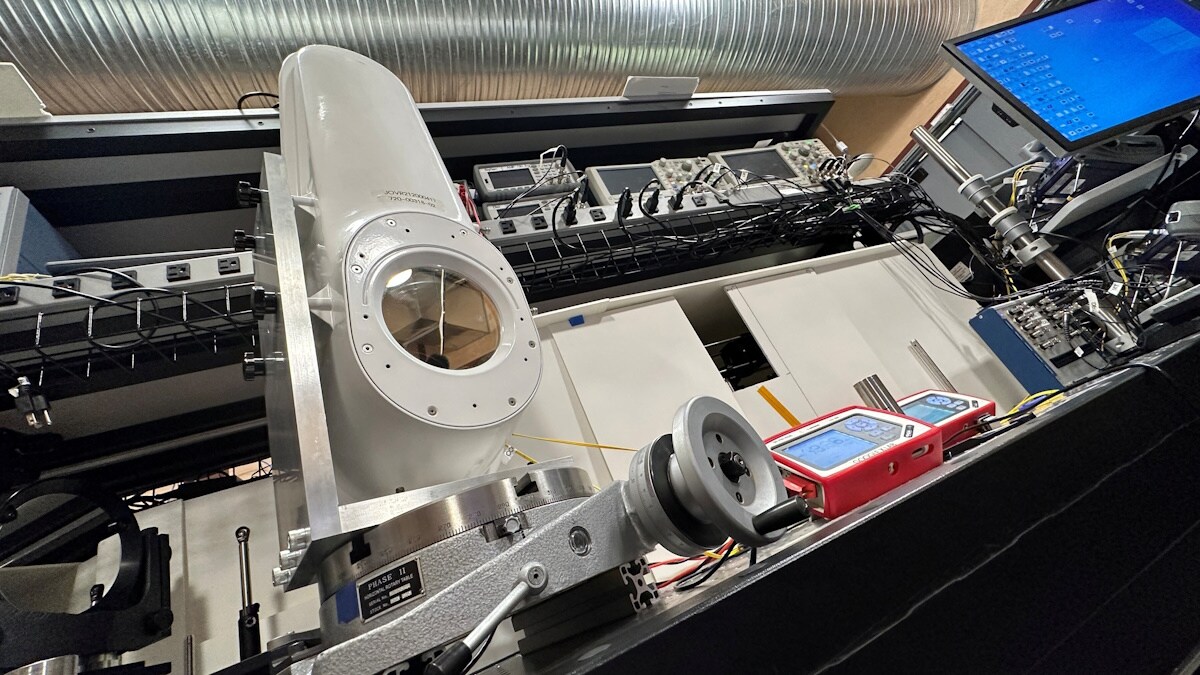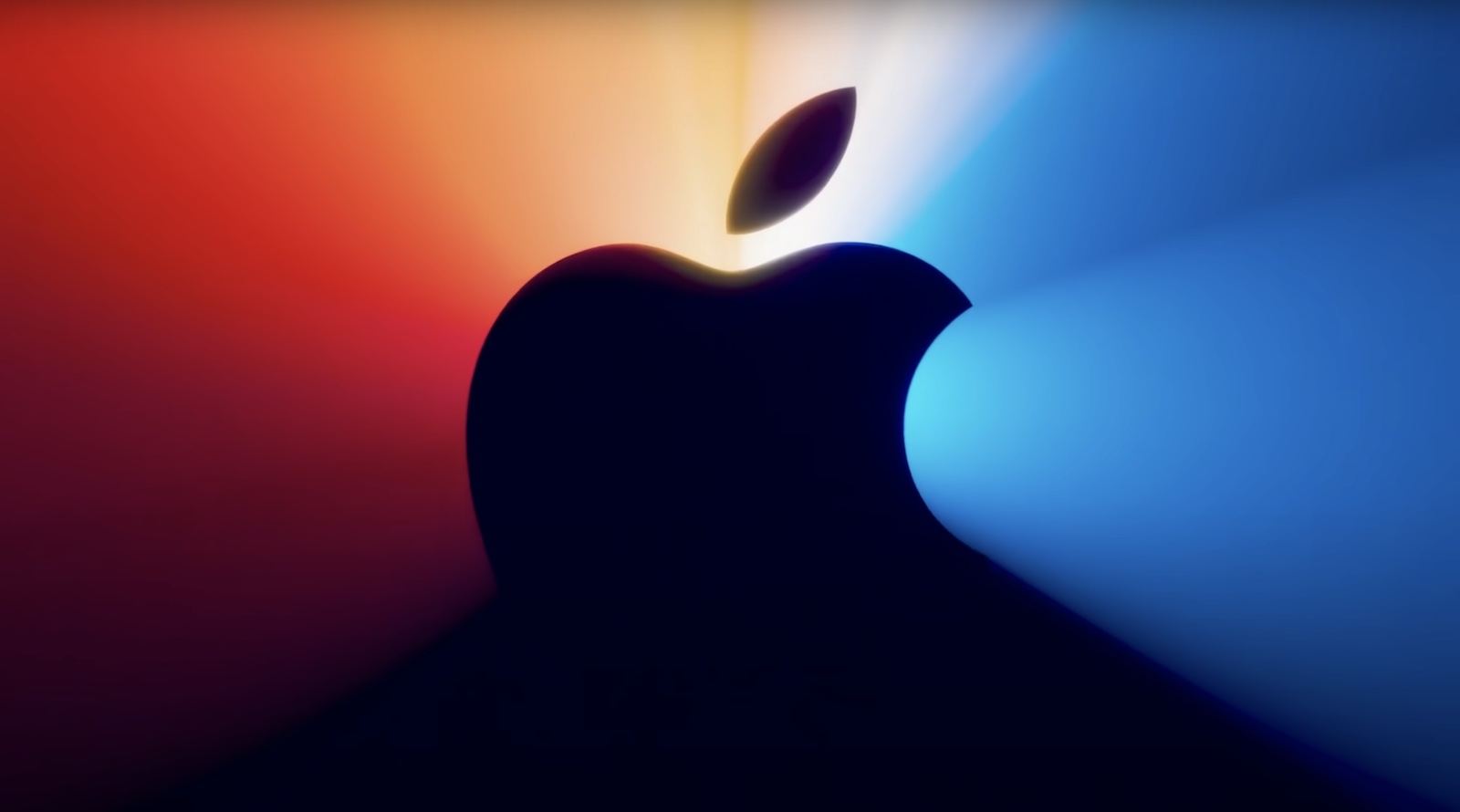Google parent Alphabet, Airtel bet on lasers to deliver internet in remote areas
Google parent Alphabet has already tried and failed to bring internet access to rural and remote areas by using high-altitude balloons in the stratosphere. But now, the company is delivering internet service to remote areas by using beams of light.
The project known as Taara is part of Alphabet’s innovation lab called X, also nicknamed the “Moonshot Factory.” It was initiated in 2016 after attempts at using stratospheric balloons to deliver internet ran into problems due to high costs, company executives said.
This time around, things are progressing better, said Mahesh Krishnaswamy, who leads Taara.
Taara executives and Bharti Airtel, one of India’s largest telecommunications and internet providers, told Reuters they are now moving toward larger-scale deployment of the new laser internet technology in India. Financial details were not disclosed.
Taara is helping to link up internet services in 13 countries so far including Australia, Kenya, and Fiji, said Krishnaswamy, adding that it has struck deals with Econet Group and its subsidiary Liquid Telecom in Africa, internet provider Bluetown in India and Digicel in the Pacific Islands.
“We are trying to be one of the cheapest and the most affordable place where you would be able to get dollar per gigabyte to the end consumers,” he said.
A terminal device to deliver internet with mirrors and lasers created by Taara, a project in Alphabet’s so-called ‘moonshot factory’ X, is seen in a lab in Mountain View, California, U.S. June 22, 2023. REUTERS/Nathan Frandino
Taara’s machine is the size of traffic lights that beam the laser carrying the data – essentially fiber-optic internet without the cables. Partners like Airtel use the machines to build out communications infrastructure in hard-to-reach places.
Krishnaswamy said he had an epiphany while working on the failed balloon internet project Loon which used lasers for connecting data between balloons, and brought that technology to the ground.
“We call this moonshot composting,” said Astro Teller, who leads X where he is known as “captain of moonshots.”
X is Alphabet’s research division that takes on projects bordering on science-fiction. It gave rise to self-driving technology firm Waymo, drone delivery service Wing and health tech startup Verily Life Sciences.
“Taara is moving more data every single day than Loon did in its entire history,” said Teller.
Bharti Airtel’s chief technology officer, Randeep Sekhon, said Taara will also help deliver faster internet service in urban areas in developed countries. He said it is less expensive to beam data between buildings than to bury fiber-optic cables. “I think this is really disruptive,” he said.
Krishnaswamy was recently in Osur, an Indian village where he spent his childhood summers, three hours south of Chennai, for the installation of Taara equipment. Osur will be receiving high-speed internet for the first time this summer, he said.
“There’s hundreds of thousands of these villages across India,” he said. “I can’t wait to see how this technology can come in handy to bringing all of those people online.”
Google in July 2020 committed $10 billion for digitizing India. It invested $700 million for a 1.28% stake in Bharti Airtel last year. X and Google are sister companies under Alphabet, while Taara’s partnership with Bharti Airtel is separate from the Google investment.
When asked about the downside of the Internet as X and Taara push ahead with their mission to connect the rest of the world, Teller said: “I acknowledge the concept that the Internet is imperfect, but I would suggest that’s maybe the subject of a different moonshot to improve the internet’s content.”
— Reuters
The post Google parent Alphabet, Airtel bet on lasers to deliver internet in remote areas appeared first on Techlusive.

Google parent Alphabet has already tried and failed to bring internet access to rural and remote areas by using high-altitude balloons in the stratosphere. But now, the company is delivering internet service to remote areas by using beams of light.
The project known as Taara is part of Alphabet’s innovation lab called X, also nicknamed the “Moonshot Factory.” It was initiated in 2016 after attempts at using stratospheric balloons to deliver internet ran into problems due to high costs, company executives said.
This time around, things are progressing better, said Mahesh Krishnaswamy, who leads Taara.
Taara executives and Bharti Airtel, one of India’s largest telecommunications and internet providers, told Reuters they are now moving toward larger-scale deployment of the new laser internet technology in India. Financial details were not disclosed.
Taara is helping to link up internet services in 13 countries so far including Australia, Kenya, and Fiji, said Krishnaswamy, adding that it has struck deals with Econet Group and its subsidiary Liquid Telecom in Africa, internet provider Bluetown in India and Digicel in the Pacific Islands.
“We are trying to be one of the cheapest and the most affordable place where you would be able to get dollar per gigabyte to the end consumers,” he said.
A terminal device to deliver internet with mirrors and lasers created by Taara, a project in Alphabet’s so-called ‘moonshot factory’ X, is seen in a lab in Mountain View, California, U.S. June 22, 2023. REUTERS/Nathan Frandino
Taara’s machine is the size of traffic lights that beam the laser carrying the data – essentially fiber-optic internet without the cables. Partners like Airtel use the machines to build out communications infrastructure in hard-to-reach places.
Krishnaswamy said he had an epiphany while working on the failed balloon internet project Loon which used lasers for connecting data between balloons, and brought that technology to the ground.
“We call this moonshot composting,” said Astro Teller, who leads X where he is known as “captain of moonshots.”
X is Alphabet’s research division that takes on projects bordering on science-fiction. It gave rise to self-driving technology firm Waymo, drone delivery service Wing and health tech startup Verily Life Sciences.
“Taara is moving more data every single day than Loon did in its entire history,” said Teller.
Bharti Airtel’s chief technology officer, Randeep Sekhon, said Taara will also help deliver faster internet service in urban areas in developed countries. He said it is less expensive to beam data between buildings than to bury fiber-optic cables. “I think this is really disruptive,” he said.
Krishnaswamy was recently in Osur, an Indian village where he spent his childhood summers, three hours south of Chennai, for the installation of Taara equipment. Osur will be receiving high-speed internet for the first time this summer, he said.
“There’s hundreds of thousands of these villages across India,” he said. “I can’t wait to see how this technology can come in handy to bringing all of those people online.”
Google in July 2020 committed $10 billion for digitizing India. It invested $700 million for a 1.28% stake in Bharti Airtel last year. X and Google are sister companies under Alphabet, while Taara’s partnership with Bharti Airtel is separate from the Google investment.
When asked about the downside of the Internet as X and Taara push ahead with their mission to connect the rest of the world, Teller said: “I acknowledge the concept that the Internet is imperfect, but I would suggest that’s maybe the subject of a different moonshot to improve the internet’s content.”
— Reuters
The post Google parent Alphabet, Airtel bet on lasers to deliver internet in remote areas appeared first on Techlusive.
Google parent Alphabet has already tried and failed to bring internet access to rural and remote areas by using high-altitude balloons in the stratosphere. But now, the company is delivering internet service to remote areas by using beams of light.
The project known as Taara is part of Alphabet’s innovation lab called X, also nicknamed the “Moonshot Factory.” It was initiated in 2016 after attempts at using stratospheric balloons to deliver internet ran into problems due to high costs, company executives said.
This time around, things are progressing better, said Mahesh Krishnaswamy, who leads Taara.
Taara executives and Bharti Airtel, one of India’s largest telecommunications and internet providers, told Reuters they are now moving toward larger-scale deployment of the new laser internet technology in India. Financial details were not disclosed.
Taara is helping to link up internet services in 13 countries so far including Australia, Kenya, and Fiji, said Krishnaswamy, adding that it has struck deals with Econet Group and its subsidiary Liquid Telecom in Africa, internet provider Bluetown in India and Digicel in the Pacific Islands.
“We are trying to be one of the cheapest and the most affordable place where you would be able to get dollar per gigabyte to the end consumers,” he said.
A terminal device to deliver internet with mirrors and lasers created by Taara, a project in Alphabet’s so-called ‘moonshot factory’ X, is seen in a lab in Mountain View, California, U.S. June 22, 2023. REUTERS/Nathan Frandino
Taara’s machine is the size of traffic lights that beam the laser carrying the data – essentially fiber-optic internet without the cables. Partners like Airtel use the machines to build out communications infrastructure in hard-to-reach places.
Krishnaswamy said he had an epiphany while working on the failed balloon internet project Loon which used lasers for connecting data between balloons, and brought that technology to the ground.
“We call this moonshot composting,” said Astro Teller, who leads X where he is known as “captain of moonshots.”
X is Alphabet’s research division that takes on projects bordering on science-fiction. It gave rise to self-driving technology firm Waymo, drone delivery service Wing and health tech startup Verily Life Sciences.
“Taara is moving more data every single day than Loon did in its entire history,” said Teller.
Bharti Airtel’s chief technology officer, Randeep Sekhon, said Taara will also help deliver faster internet service in urban areas in developed countries. He said it is less expensive to beam data between buildings than to bury fiber-optic cables. “I think this is really disruptive,” he said.
Krishnaswamy was recently in Osur, an Indian village where he spent his childhood summers, three hours south of Chennai, for the installation of Taara equipment. Osur will be receiving high-speed internet for the first time this summer, he said.
“There’s hundreds of thousands of these villages across India,” he said. “I can’t wait to see how this technology can come in handy to bringing all of those people online.”
Google in July 2020 committed $10 billion for digitizing India. It invested $700 million for a 1.28% stake in Bharti Airtel last year. X and Google are sister companies under Alphabet, while Taara’s partnership with Bharti Airtel is separate from the Google investment.
When asked about the downside of the Internet as X and Taara push ahead with their mission to connect the rest of the world, Teller said: “I acknowledge the concept that the Internet is imperfect, but I would suggest that’s maybe the subject of a different moonshot to improve the internet’s content.”
— Reuters
The post Google parent Alphabet, Airtel bet on lasers to deliver internet in remote areas appeared first on Techlusive.




